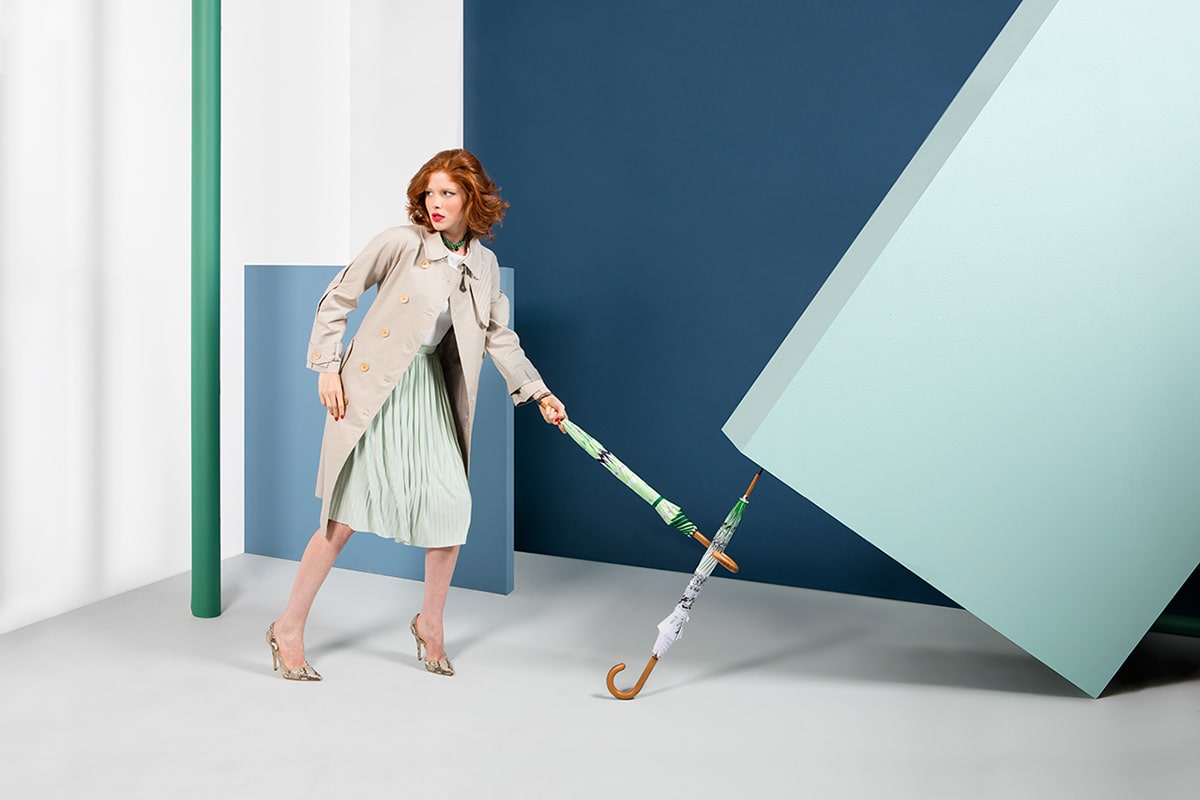Artistic expression is a powerful way to convey emotions, tell stories, and connect with others through visual means. Whether you're a beginner or an experienced artist, mastering key composition techniques can significantly enhance your work and elevate your artistic abilities. Composition plays a crucial role in guiding the viewer's eye, creating balance, and evoking emotions. This article will delve into various techniques that will enrich your artistic expression and help you create compelling pieces.
Art is not just about talent; it's also about learning and refining your skills. Understanding the principles of composition empowers you to take control of your artistic journey. By learning how to effectively use composition techniques, you can create artworks that are both aesthetically pleasing and emotionally impactful.
Through this article, we aim to provide you with a comprehensive guide on how to enrich your artistic expression by utilizing key composition techniques. Whether you're working with traditional media or digital tools, these principles will serve as a foundation for your creative endeavors.
Read also:Dove Cameron A Rising Star In Hollywood Unveiling Her Journey To Fame
Table of Contents
- Introduction to Composition Techniques
- Understanding the Importance of Composition
- Mastering the Rule of Thirds
- Using Leading Lines Effectively
- Creating Balance in Your Art
- Enhancing Contrast for Impact
- The Art of Framing
- Color Composition Techniques
- Incorporating Movement in Your Work
- Exploring Symmetry and Asymmetry
- Practical Tips for Enriching Your Artistic Expression
- Conclusion
Introduction to Composition Techniques
Composition is the arrangement of elements within a work of art. It refers to how different components, such as lines, shapes, colors, and textures, are organized to create a harmonious and visually appealing piece. Enriching your artistic expression involves understanding and applying these techniques to guide the viewer's eye and convey the intended message.
In this section, we will explore the foundational principles of composition and how they contribute to the overall impact of your artwork. By mastering these techniques, you can take your creative work to the next level and communicate more effectively through your art.
Understanding the Importance of Composition
Composition is more than just arranging elements on a canvas; it's about creating a visual journey for the viewer. A well-composed piece will draw the audience in and keep them engaged. It can evoke emotions, tell a story, and leave a lasting impression.
Why Composition Matters
Without proper composition, even the most technically skilled artwork can fall flat. Here are some reasons why composition is essential:
- Guides the Viewer's Eye: Effective composition leads the viewer's gaze through the artwork, highlighting focal points and creating a natural flow.
- Creates Harmony: A well-composed piece balances various elements, resulting in a cohesive and aesthetically pleasing artwork.
- Conveys Emotion: Composition can influence the emotional response of the viewer, making the artwork more impactful.
Mastering the Rule of Thirds
The rule of thirds is one of the most fundamental composition techniques. It involves dividing the canvas into nine equal parts using two equally spaced horizontal lines and two equally spaced vertical lines. Placing key elements along these lines or at their intersections can create a more balanced and visually appealing composition.
Read also:Characteristics Of An Earth Sign Understanding Stability Practicality And Grounded Energy
How to Apply the Rule of Thirds
To effectively use the rule of thirds:
- Visualize or draw a grid on your canvas.
- Position important elements along the lines or at the intersections.
- Experiment with different placements to find the most dynamic composition.
Using Leading Lines Effectively
Leading lines are lines within an artwork that guide the viewer's eye toward the focal point. These lines can be actual, such as roads or rivers, or implied, such as the direction of a figure's gaze. Utilizing leading lines can enhance the depth and movement of your composition.
Tips for Using Leading Lines
Here are some tips for incorporating leading lines into your artwork:
- Identify natural lines in your subject matter.
- Use curves and diagonals to create a sense of flow.
- Avoid lines that lead the viewer's eye out of the frame.
Creating Balance in Your Art
Balance is crucial in composition. It refers to the distribution of visual weight within an artwork. Achieving balance can create a sense of stability and harmony, while imbalance can add tension and drama.
Types of Balance
There are several types of balance you can use in your compositions:
- Symmetrical Balance: Both sides of the artwork are mirror images of each other.
- Asymmetrical Balance: Different elements on each side balance each other visually.
- Radial Balance: Elements radiate outward from a central point.
Enhancing Contrast for Impact
Contrast is the difference between elements in your composition. It can be achieved through color, value, texture, or shape. Using contrast effectively can make your artwork more dynamic and engaging.
Ways to Enhance Contrast
Here are some ways to incorporate contrast into your composition:
- Use contrasting colors to create focal points.
- Vary the values (light and dark areas) to add depth.
- Experiment with different textures to add interest.
The Art of Framing
Framing involves using elements within your composition to create a natural frame around the focal point. This technique can draw attention to the subject and add depth to your artwork.
How to Use Framing
To effectively use framing in your compositions:
- Look for natural frames in your environment, such as arches or windows.
- Use elements like trees or buildings to enclose the focal point.
- Experiment with different framing techniques to find what works best for your piece.
Color Composition Techniques
Color plays a vital role in composition. It can evoke emotions, create harmony, and add depth to your artwork. Understanding color theory and how to apply it can greatly enhance your artistic expression.
Color Composition Tips
Here are some tips for using color effectively in your compositions:
- Use complementary colors to create contrast and draw attention.
- Apply analogous colors to create a harmonious palette.
- Experiment with color saturation to add emphasis or subtlety.
Incorporating Movement in Your Work
Movement refers to the way the viewer's eye travels through the artwork. Creating a sense of movement can make your composition more dynamic and engaging.
Techniques for Adding Movement
To incorporate movement into your artwork:
- Use diagonal lines and curves to guide the eye.
- Experiment with repetitive patterns to create rhythm.
- Play with scale and perspective to add depth and motion.
Exploring Symmetry and Asymmetry
Symmetry and asymmetry are two contrasting approaches to composition. Symmetry involves mirroring elements on either side of a central axis, while asymmetry uses different elements to create balance.
When to Use Symmetry and Asymmetry
Here are some guidelines for using symmetry and asymmetry:
- Use symmetry for formal or classical compositions.
- Apply asymmetry for more dynamic and modern pieces.
- Experiment with both to find the right balance for your artwork.
Practical Tips for Enriching Your Artistic Expression
Here are some practical tips to help you enrich your artistic expression:
- Study the works of master artists to learn from their compositions.
- Practice regularly to refine your skills and develop your unique style.
- Experiment with different techniques and media to expand your creative horizons.
- Seek feedback from peers and mentors to improve your work.
Conclusion
Enriching your artistic expression through key composition techniques is a rewarding journey that can elevate your creative work. By mastering principles such as the rule of thirds, leading lines, balance, contrast, and color composition, you can create compelling and impactful artworks that resonate with your audience.
We encourage you to apply these techniques in your own practice and continue exploring new ways to enhance your artistic abilities. Share your thoughts and experiences in the comments below, and don't forget to check out our other articles for more inspiration and guidance.
References:
For further reading and research, consider exploring the following sources:
- ArtStation - A platform for artists to showcase their work and learn from others.
- Tate Modern - A renowned art museum with extensive resources on art techniques and history.
- National Gallery - Offers insights into the works of master artists and their compositional techniques.


